Ward Charcoal Ovens are a collection of six 30 feet high, beehive-shaped charcoal ovens located inside the Ward Charcoal Ovens State Historic Park in the Egan Mountain Range approximately 18 miles south of Ely in Nevada, in the United States of America. Between 1876 and 1879, the Charcoal Ovens were built to produce charcoal from pinyon pine and juniper. After their function as charcoal ovens ended, they served diverse purposes, such as sheltering stockmen and prospectors during foul weather and even serving as a hideout for stagecoach bandits. Today they're the main attraction in Ward Charcoal Ovens State Historic Park.
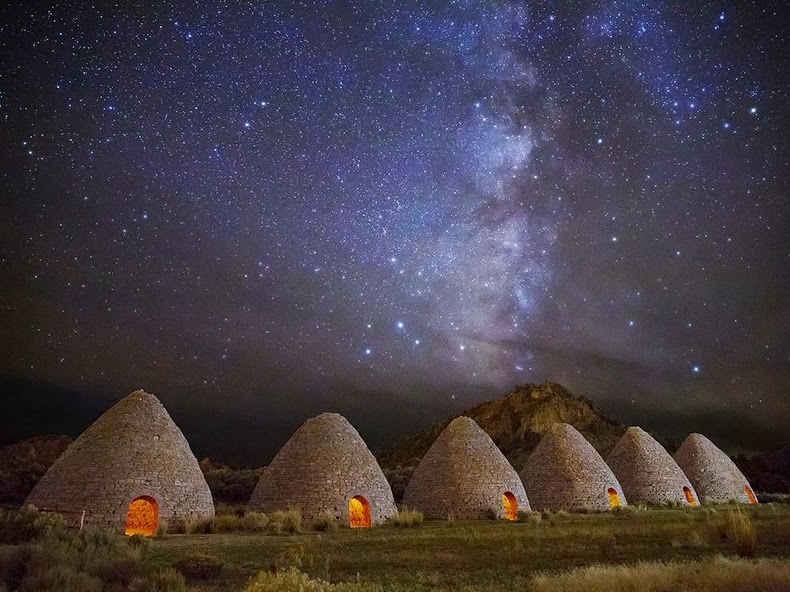
The ovens take their name from Thomas Ward who founded a local mining district in 1872. The mine produced gold and silver ore that required high burning temperature that can only be provided by charcoal, inspiring the construction of the ovens in the mid 1870s. The parabolic shape of the beehive ovens caused heat to be reflected back to the center where the wood slowly burned to produce charcoal.
Each of the six ovens stood thirty feet tall and was twenty-seven feet in diameter at the base. The walls are 20-inches thick, made from rocks with three rows of vents. Wood was cut into 5-foot to 6-foot lengths and stacked inside the ovens vertically using the lower door. The loaded oven was ignited and the metal door was cemented shut. It took 13 days to burn and empty a 35-cord (one cord is 4-feet high by 4-feet wide by 8 feet long) kiln.
Eventually, charcoal ovens were phased out by the discovery of coal, by depleted ore deposits, and by the shortage of available timber.
The technique of burning wood to produce charcoal can be traced back to traditional Old World practices. Centuries ago, woodchoppers found that slowly burning timber in an oxygen-starved environment produced charcoal, which was easier to transport and burned at a higher temperature than wood. Charcoal production was especially common in the Alps, in Scandinavia, and in Eastern Europe. Charcoal burners traditionally used shallow pits without the benefit of permanent structures.
Immigrants brought the technique of charcoal burning to Nevada mining districts where it was particularly useful when milling stubborn ore bodies that required high temperatures. The charcoal burners consumed pinyon and juniper, which was of little use for building or for mine supports. The industry earned a place in Nevada history with the famed Charcoal Burner's War of 1879, when Italian and Swiss immigrants fought wealthy mill owners of the Eureka Mining District to the east of the Ward mines.
After suffering from vandalism and natural erosions, the long-abandoned ovens became a state park in 1957. These Ward ovens are the best-preserved of their kind in Nevada.
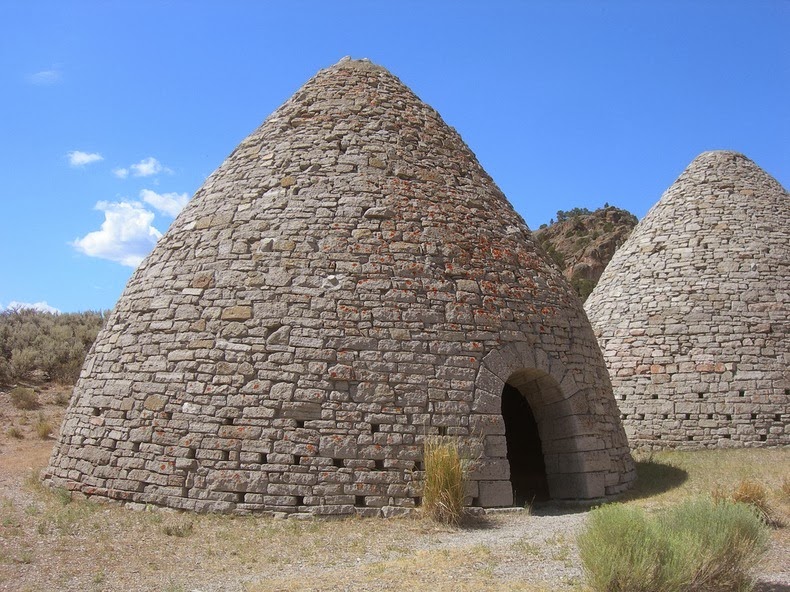
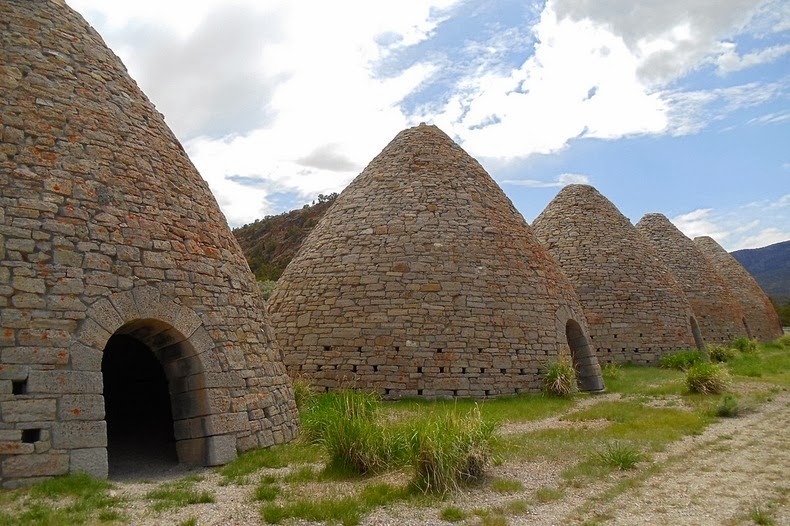
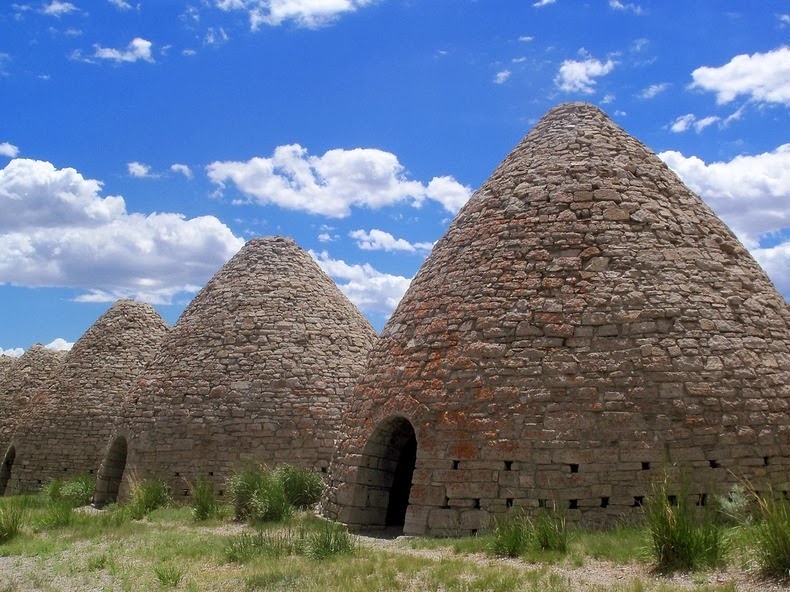
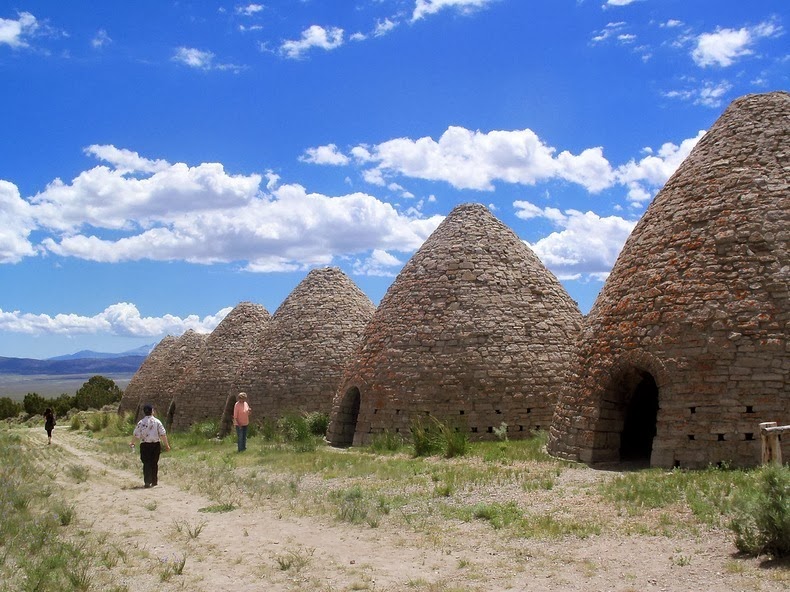
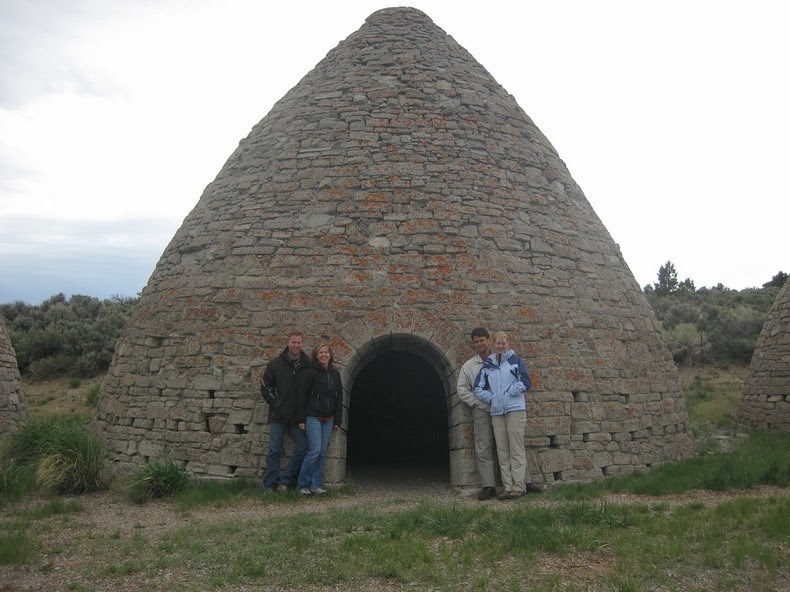
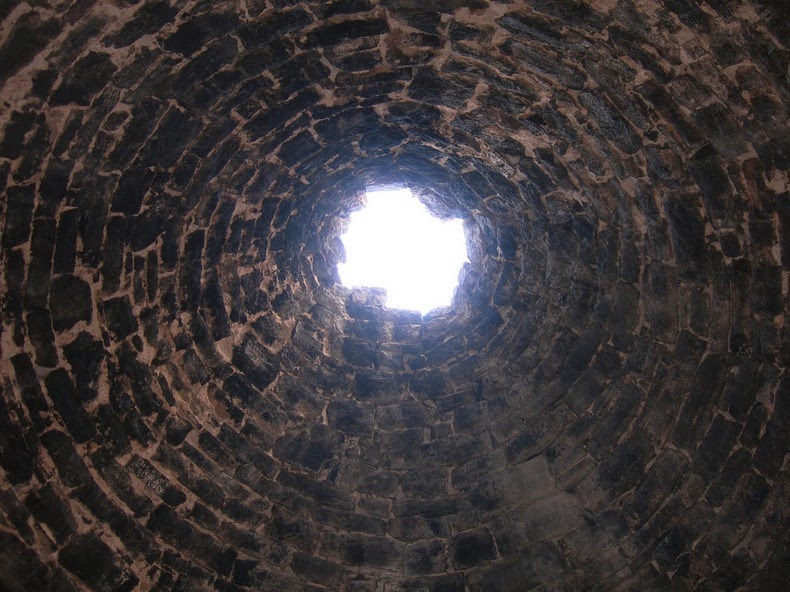
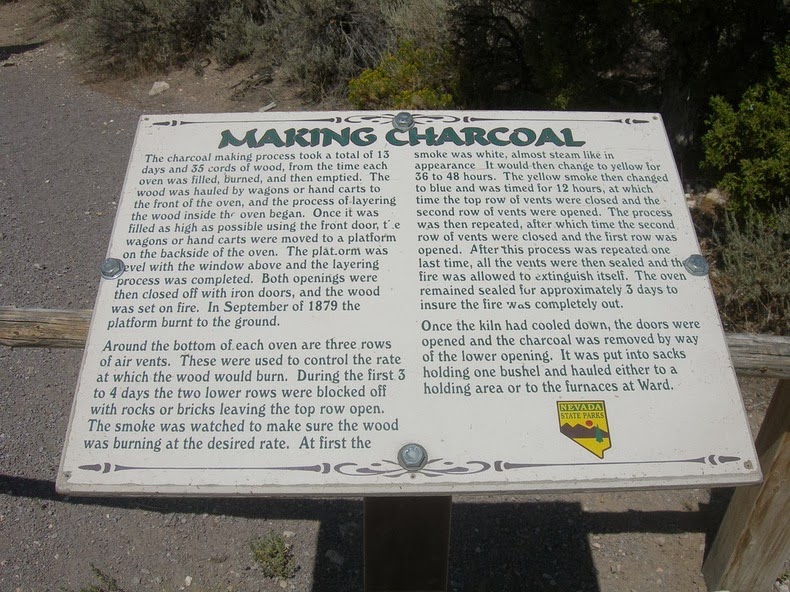
Sources: Wikipedia, NV.gov, Online Nevada



Comments
Post a Comment